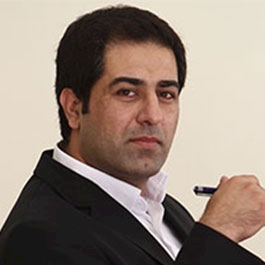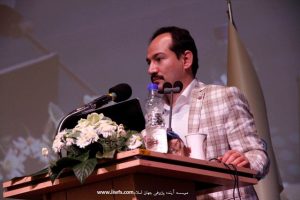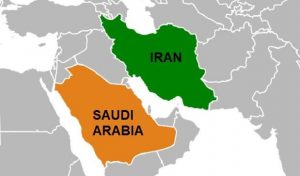Islamic World Future Research Center
The Middle East is located along the orbit of Ras al-Saran among high pressure atmospheric cells. Thus, the above-mentioned region .is confined in the dry belt of the world, facing water crisis
No special obstacle was observed in the past due to the balance between water sources and harvesting. However, the amount of water consumption has increased more than 50 times compared to the last century due to factors such as population growth and improvement in the standard of living and health, leading to the lack of balance between water resources and its withdrawal to be disrupted. The objective manifestation of such imbalance is beyond the capacity of the water resources in the underground aquifers and those in the region.
Generally, the Middle East benefits from only 1% of fresh water, which is located in common watersheds, despite having 5% of the world population, leading to water scarcity in the region. The aforementioned conditions have forced the shared watersheds between the countries in the Middle East to become active hydropolitical faults, along which there is a risk of conflict and widespread conflict lurking.
In fact, one of the active lines of conflict in the Middle East is along the Tigris and Euphrates basin, which is located between Turkey, Iraq, and Syria. Tigris and Euphrates, along with the Nile are among the great rivers in the Middle East with an inevitable role for the life in the eastern regions of Turkey, Syria, and Iraq, which are among the driest regions in the world. The indiscriminate extraction of water and construction of dams in the upstream areas such as Turkey, as well as the threats created by drought are among the most critical issues in this regard, which raises the question that what can be expected for the Tigris and Euphrates basin during the next ten years.





